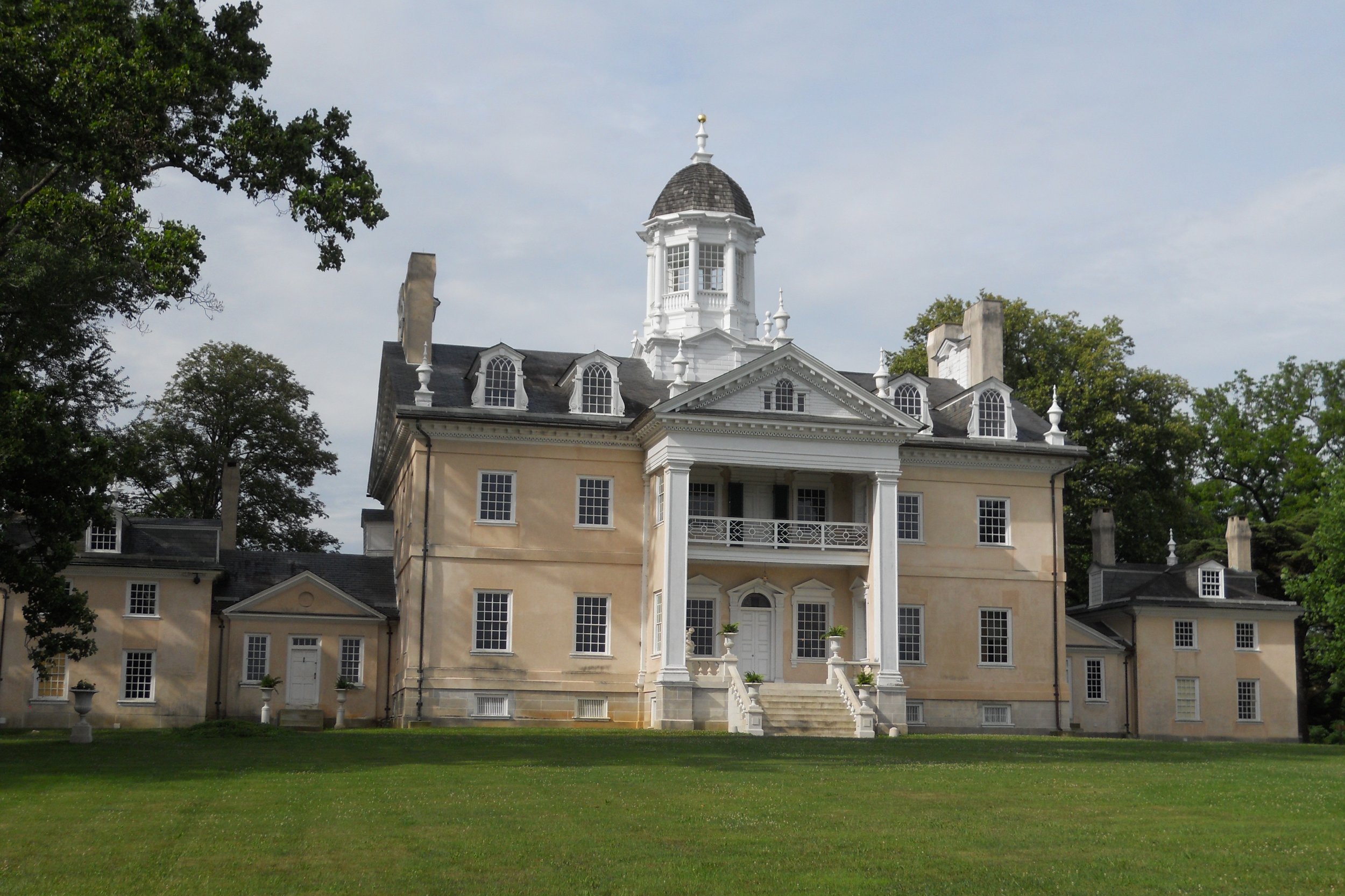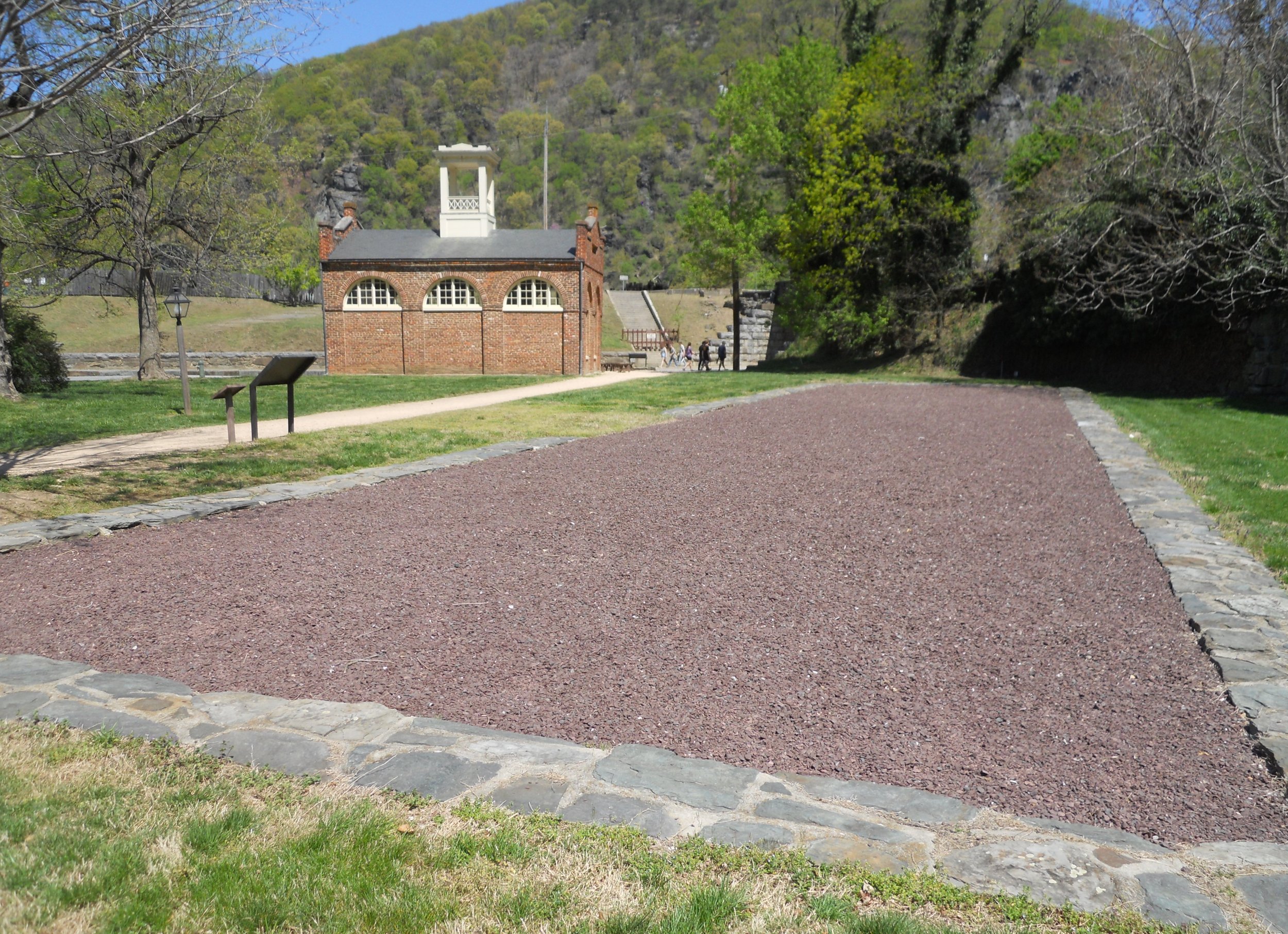DAY 2 (April 14) - A slight delay in getting this posted due to arriving in Ohio late last night. But a lot to think about on the drive home. Fort McHenry stands majestically at the entrance to the Baltimore Harbor. One can easily see its strategic location, as to why the American army built the fort. A cannon ball (photo) on display in the fort was fired by one of the British warships. This is next to the parade ground in the center of the fort, where a 10 AM flag raising is one of the highlights of the fort’s activities. In 1958, archeologists dug up the cross brace (photo) which supported the fort’s flagpole (other photo shows how the cross brace worked) during the bombardment. Now that is history you cannot see in a classroom. Various cannons are located around the fort. The “Gun Deck” (photo) had 26 cannons, able to fire 36-pound balls 1.5 miles, which kept the British ships far enough away that their shots fell short of the fort. Do you think that big cargo ship in the right side of the photo is getting a bit too close? Probably the most moving of the park’s activities is the playing of the National Anthem in the VC. After a 15-minute film about the battle and Francis Scott Key is shown, the screen is raised, exposing visitors to a view of the fort. Chris (photo), a fellow NPTC member, says this is his favorite experience at the park.
Hampton NHS is the site of the largest private home in America circa 1790. And when someone can build an Orangery (photo of white building) to grow oranges in Maryland in the bitter cold of December and January, you know the family is wealthy. Though the mansion looks fantastic (and you should see the insides), there are a couple of structures in disrepair. The #2 Greenhouse (photo), built around 1840, is one example.
A group of individuals were in the Orangery preparing for a painting exhibition (photo) about the park. It is great that a NPS unit can host such an event.
A group of visitors were ready for the 11 AM “Families, Farming, and Freedom” tour by Ranger Dustin at the farm area down the road from the mansion. The first photo is of the Overseer’s house. The portion on the right side is the oldest part of the building, where Colonel Charles Ridgely first lived, as he began amassing acres of land. His son, Captain Charles Ridgely, is known for building the mansion. He died a few months after its completion in 1790. The sixth generation Ridgely, John Jr., to own the property ended up moving back into this “Lower House” after selling the mansion to the Avalon Foundation (a Mellon Family Foundation), in 1948, which then donated the land and buildings to the NPS. The stone buildings to the right of the one photo are original to the property from the 1700s. They were used for housing enslaved laborers and later, tenants, after slavery became illegal. Yes, the Ridgely family owned slaves, nearly 450 at the height of their plantation’s and iron works’ heydays. It was not a pretty picture. In the last two decades the NPS has revised their presentation at the farm to focus on this segment of the Ridgely story.
In taking US30 back to Ohiom, I decided to revisit Flight 92 NMem, to get some more photos. The one photo is of the flight path of the plane, looking at the direction where the plane was coming from. The other photo is at the end of the flight path walk, looking down on the Wall of Names and the crash site (just under the word “honor”).




































